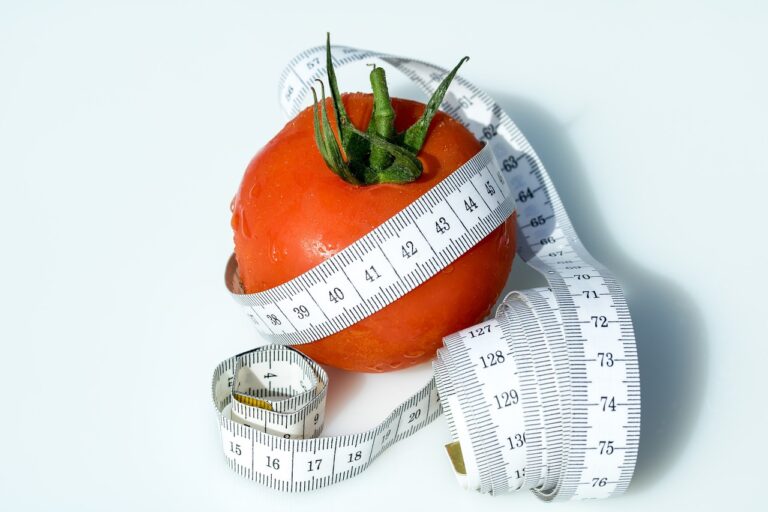Addressing the Impact of Poor Posture on Health
Poor posture can lead to a multitude of adverse effects on the spine. One common consequence is the misalignment of the vertebrae, which can result in increased pressure on the spinal discs. This added pressure can contribute to disc degeneration and ultimately lead to conditions like herniated discs or bulging discs.
Moreover, poor posture can also lead to muscle strain and tension in the back muscles. When the spine is not properly aligned, certain muscles have to work harder to support the body’s weight and maintain balance. Over time, this imbalance can lead to muscle imbalances, which can further exacerbate poor posture and create a vicious cycle of pain and discomfort in the spine.
The Relationship Between Poor Posture and Muscle Imbalances
Muscle imbalances are often a direct consequence of poor posture. When the body is not properly aligned, certain muscles can become overused while others are underutilized. This imbalance can lead to a host of issues, including muscle tightness, weakness, and even pain. For example, sitting hunched over at a desk for long periods can cause the chest muscles to tighten and weaken the muscles in the upper back, contributing to postural problems and discomfort.
Moreover, poor posture can also affect the muscles in the core and lower body. When the spine is not in proper alignment, the muscles surrounding the abdomen and lower back can become strained. This can result in decreased core strength and stability, leading to a higher risk of injury during physical activities. Additionally, muscle imbalances in the lower body can impact movement patterns and overall function, affecting activities such as walking, running, and standing for prolonged periods.
How does poor posture affect the spine?
Poor posture can put unnecessary stress on the spine, leading to misalignment, muscle strain, and potential long-term issues such as herniated discs and sciatica.
What are some common muscle imbalances associated with poor posture?
Common muscle imbalances that can result from poor posture include tight chest muscles, weak back muscles, tight hip flexors, and weak glutes.
How can muscle imbalances contribute to poor posture?
Muscle imbalances can lead to poor posture by causing certain muscles to become tight and others to weaken, pulling the body out of alignment and making it difficult to maintain proper posture.
What are some ways to improve posture and correct muscle imbalances?
Some ways to improve posture and correct muscle imbalances include practicing proper body mechanics, stretching tight muscles, strengthening weak muscles, and being mindful of posture throughout the day.
Can poor posture and muscle imbalances be reversed?
Yes, with consistent effort and targeted exercises, it is possible to reverse the effects of poor posture and muscle imbalances over time. It is important to be patient and consistent in order to see lasting results.





